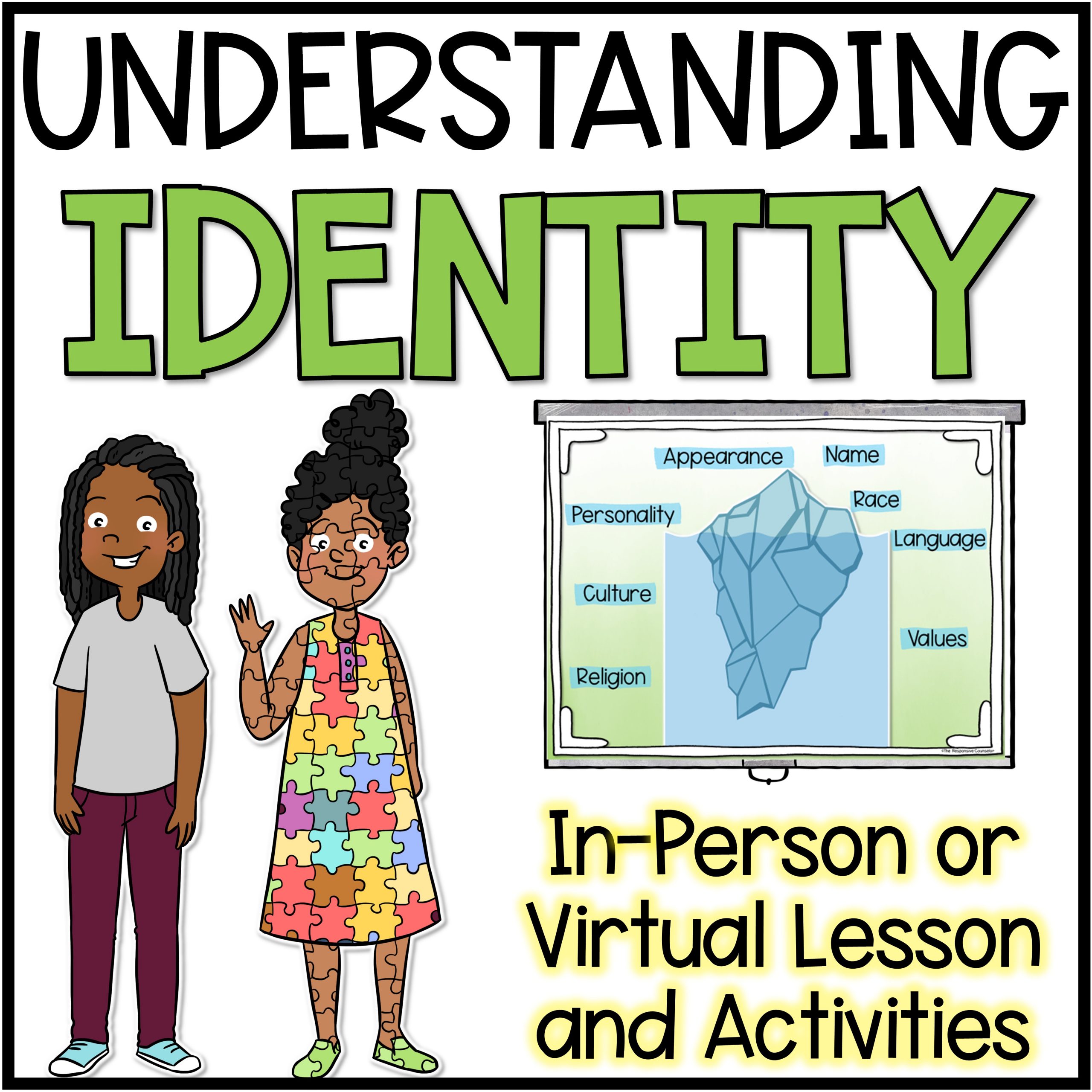7 Ways Decor Reflects Our Identity

From the moment we step into someone's home, we're greeted by a narrative—a story told through the decor that reflects the identity of those who live there. Our choice in decorating isn't merely an aesthetic decision; it's a deeply personal expression of who we are, our values, our history, and our aspirations. Here, we explore seven pivotal ways in which decor reflects our identity, inviting you to consider how your living space tells your unique story.
1. Color Palette: Emotions and Personality


The colors we choose for our homes do more than just set the scene; they convey our innermost emotions and traits.
- Red might signify passion, strength, or even anger, often chosen by individuals who are vibrant, assertive, and full of life.
- Blue can indicate calm, serenity, or a desire for peace, commonly selected by those who appreciate tranquility or need a quiet environment.
- Earth tones like greens, browns, and soft yellows suggest a connection to nature, sustainability, or a grounded personality.
- Neutrals might communicate sophistication, simplicity, or a minimalist approach to life.
🎨 Note: Color theory suggests that colors can even influence mood, productivity, and even physical reactions.
2. Furniture Choices: Lifestyle and Practicality


Furniture selection speaks volumes about our daily activities and how we spend our time. Here’s how:
- Minimalistic furniture often indicates a desire for order, efficiency, and an uncluttered lifestyle.
- Overstuffed, cozy furnishings might reveal a penchant for comfort and warmth, perhaps a sign of a welcoming home for friends and family.
- Vintage or antique pieces can showcase an appreciation for history, craftsmanship, and nostalgia.
🛋️ Note: Ergonomics also play a role here, where furniture should support how we use space and interact with it daily.
3. Art and Decorations: Values and Interests


The artwork, sculptures, and other decorative items we choose are like visual shorthand for our interests, values, and what we find beautiful:
- Abstract art might reveal a love for the modern, the avant-garde, or simply a penchant for abstract thought.
- Family portraits or personal photos indicate the importance of family, memories, and personal history.
- Sports memorabilia or collectibles can show a deep interest or past involvement in specific activities or hobbies.
4. Organization and Clutter: Mental State

The level of organization in our living spaces can often mirror our mental state or approach to life:
- Neat and organized might imply a disciplined personality, a structured life, or perhaps anxiety about control.
- Some clutter can show a creative, spontaneous mind or a busy, active household.
- Controlled chaos often reflects a balanced life where one can enjoy the spontaneity of life while still maintaining some order.
🔄 Note: The balance between clutter and order can often change with life stages, work demands, or family needs.
5. Cultural Artifacts: Background and Traditions

The cultural elements we display signify our roots, our cultural identity, or the places we’ve traveled:
- Traditional masks, textiles, or pottery might indicate a deep connection to cultural heritage or pride in one’s ancestry.
- International decor could reflect a love for travel, an appreciation for global cultures, or past experiences abroad.
6. Green Spaces: Connection to Nature


Plants, flowers, and garden spaces within our homes tell us about our relationship with nature:
- A variety of indoor plants might indicate an eco-friendly approach to living, or a desire to bring the outside in for health and wellness benefits.
- Bonsai trees or specific plant collections can reflect patience, attention to detail, or a fascination with miniature worlds.
7. Lighting: Mood and Atmosphere

How we light our homes greatly impacts the mood and reveals how we want to be seen:
- Natural light lovers often prefer an open, airy, and transparent environment, perhaps indicating transparency in their personality.
- Layers of artificial lighting suggest an appreciation for ambiance, mood setting, or a possible night owl tendency.
💡 Note: Lighting can change the perception of space, making it feel larger or smaller, cozier or more vibrant.
In the end, the decisions we make in decor are telling tales of who we are, how we’ve lived, and where we see ourselves going. Each element, from color to clutter, speaks to our personality, our background, and our dreams for the future. It’s a canvas where our identity is painted with every choice, a reflection of our inner self that welcomes others into our world. Whether it’s through the serene blues that convey calmness, the organized living space that hints at a structured mind, or the cultural artifacts that speak of our heritage, our homes are extensions of ourselves, each a unique expression of our identity.
Why is color choice important in home decor?

+
Color choice in home decor is vital as it not only sets the aesthetic tone but also influences mood and emotions, reflecting the personality and emotional state of the homeowners.
How does furniture selection reflect our lifestyle?

+
Furniture selection reflects lifestyle through its design, functionality, and comfort. For example, minimalistic furniture suggests an ordered, efficient lifestyle, while cozy, overstuffed pieces might indicate a focus on comfort and family.
Can decor help in maintaining mental well-being?

+
Absolutely! Organized spaces can reduce anxiety and create a calm environment. Conversely, some clutter can foster creativity and a sense of freedom.
What does displaying cultural artifacts signify in home decor?

+
Displaying cultural artifacts signifies a connection to one’s heritage, pride in cultural identity, or an appreciation for global cultures and experiences.



